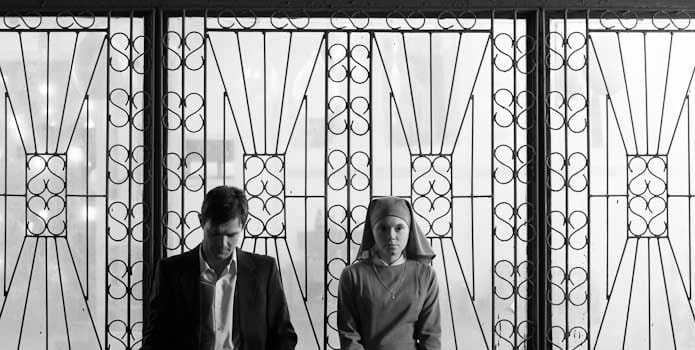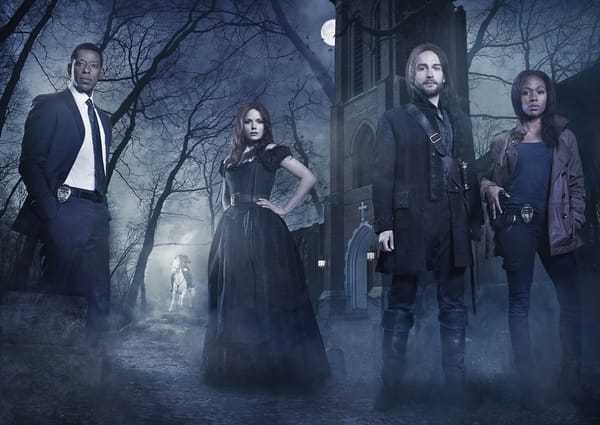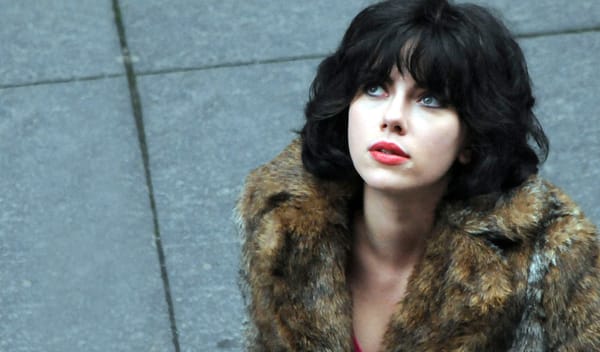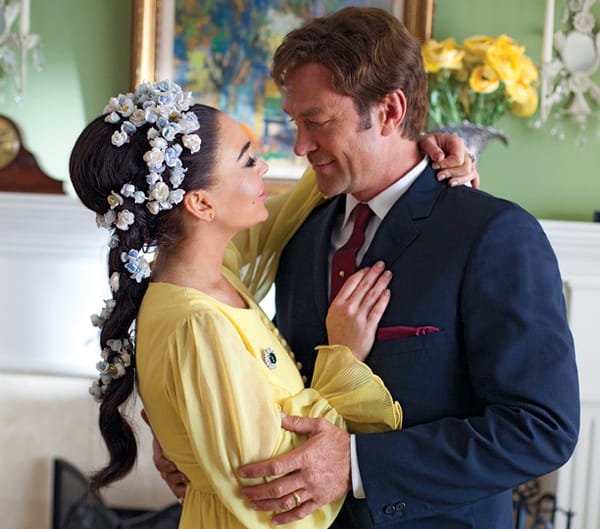Less is more: Ida
Fyles on Ida

Ida
Director: Pawel Pawlikowski Writers: Pawel Pawlikowski, Rebecca Lenkiewicz Starring: Agata Kulesza, Agata Trzebuchowska, Dawid Ogrodnik Runtime: 80 minutes
Last week, it was announced that Gravity, the space-age thriller with Sandra Bullock and George Clooney, had topped the US box office for a second week in a row. Epic, sumptuous, and in 3D to boot, Gravity seems to reflect the current cinematic climate of ‘bigger is better’. As films like The Avengers and Iron Man 3 rake it in at the movie theatres, directors that eschew such bombastic visuals, looking instead to the past for inspiration, appear to be doing something risky and experimental. Pawel Pawlikowski is one such director, and his contribution to the London Film Festival, Ida, is a bold and thoughtful masterpiece. Poland. 1962. Anna (Agata Trzebuchowska) is a novice nun, preparing to take her vows and commit herself to a life of solitude. But before she can do this, her mother superior makes her visit her sole surviving relative, a former high-powered judge known by the moniker ‘Red Wanda’, but now fallen from grace, made to solve petty squabbles between neighbours. Played by the brilliant veteran of Polish cinema, Agata Kulesza, Wanda is like a fish out of water in communist Poland. Frequently drunk, sexually liberated, and disrespectful of authority, she seems to be an embarrassment to both Anna and the government. Not long after arriving, Anna’s aunt drops two major bombshells - firstly, Anna’s real name is Ida, and secondly, she was born into a jewish family, who were all murdered during the Holocaust, with the exception of Wanda and Ida. Being the only ones left, they begin a sort of road-trip across Poland, trying to locate where their family’s bodies are buried. Along the way, Ida is exposed to the beauty of John Coltrane and sexual desire, but also the horrors of the Second World War, which she was too young to properly remember. For Wanda on the other hand, the war has never ended; with collaborators and executioners still living free in Poland, she still feels like an enemy in her own country. Shot beautifully in black and white, with a 4:3 aspect ration, Ida may draw comparisons to last year’s Oscar breakout The Artist; but while The Artist drew its inspiration from the glamour and glitz of the 1920s, Ida is cut from a different, much more austere cloth. Reminiscent of Truffaut and Jean Luc-Godard, two darlings of the French New Wave, Ida charts a smooth course through a turbulent and changing world. Newcomer Trzebuchowska is brilliant as Ida; sheltered by the convent all her life, she is now exposed to the confusing world beyond its walls. Ida views her environment with a wide-eyed wonder, but hidden underneath is an astute understanding of what the Polish public expect from her, both as a nun, and as a woman. With numerous long, pensive shots, Pawlikowski has built up a visual language that, although indebted to his fellow European contemporaries Bela Tarr and Roman Polanski, is entirely his own. He takes on the big themes of antisemitism, loss, catholicism, and the horrors of war in this little gem of a film. Both rich and austere, cold and heartfelt, Ida is a bleak but moving slice of life from a forgotten world.










